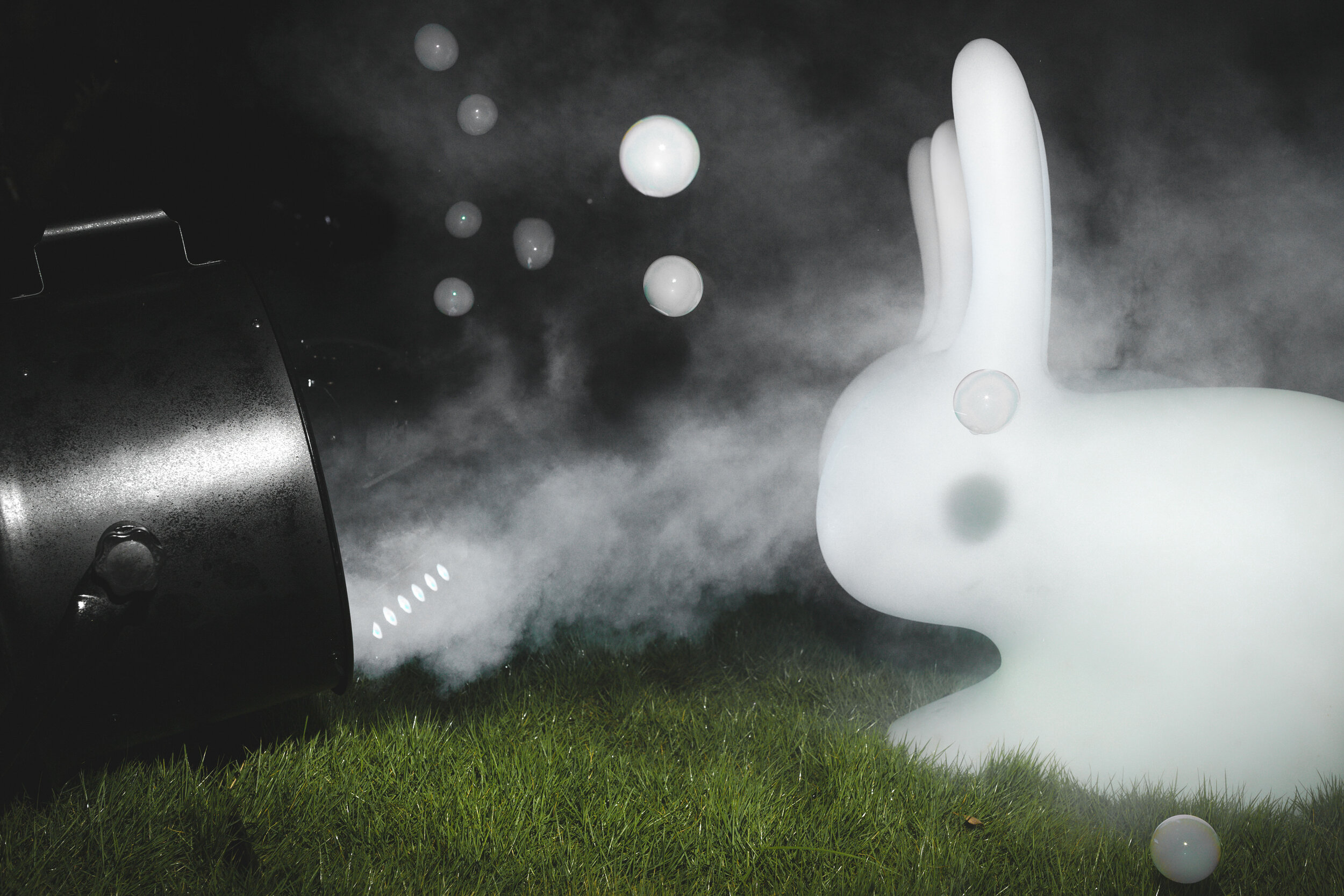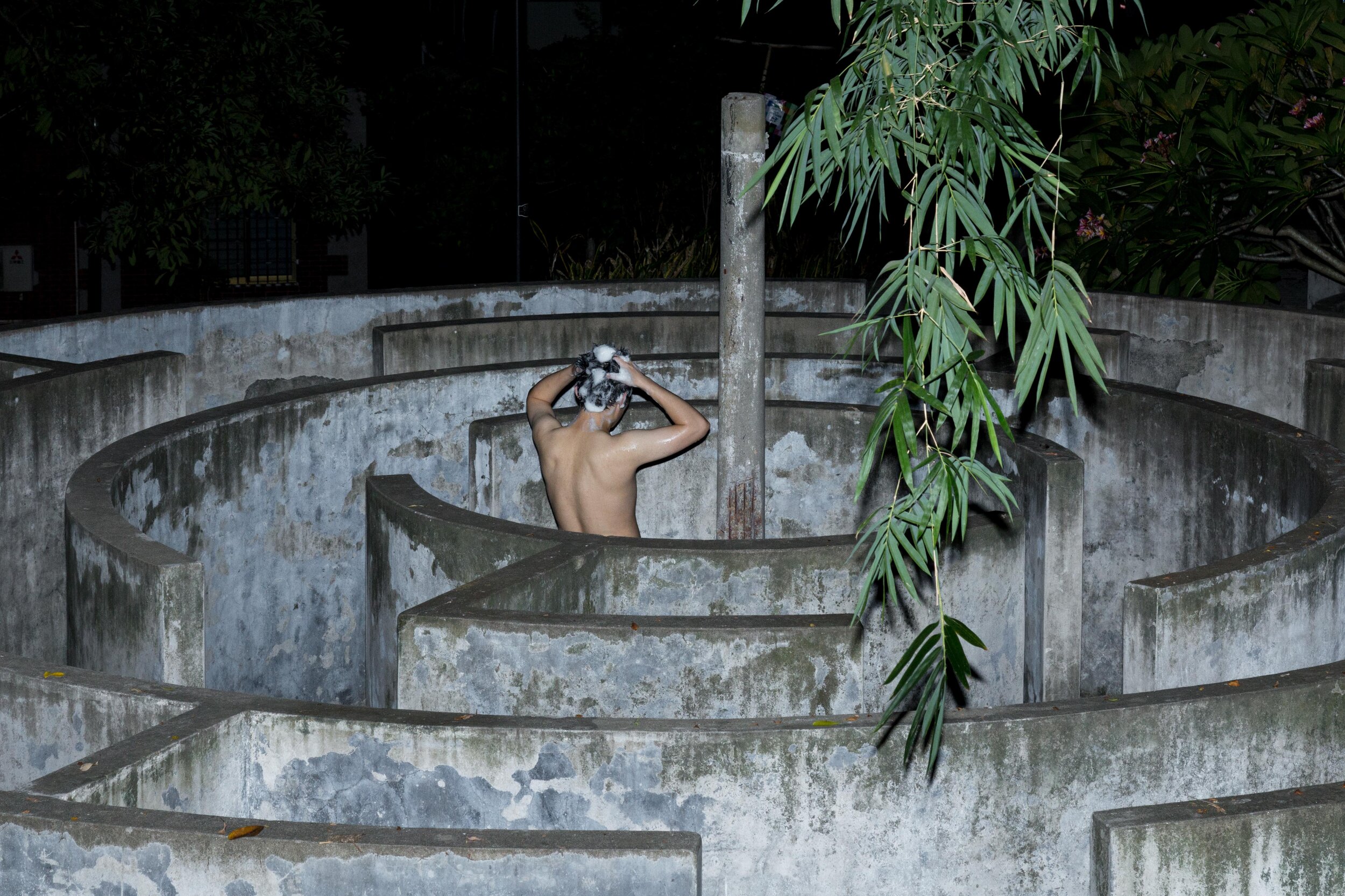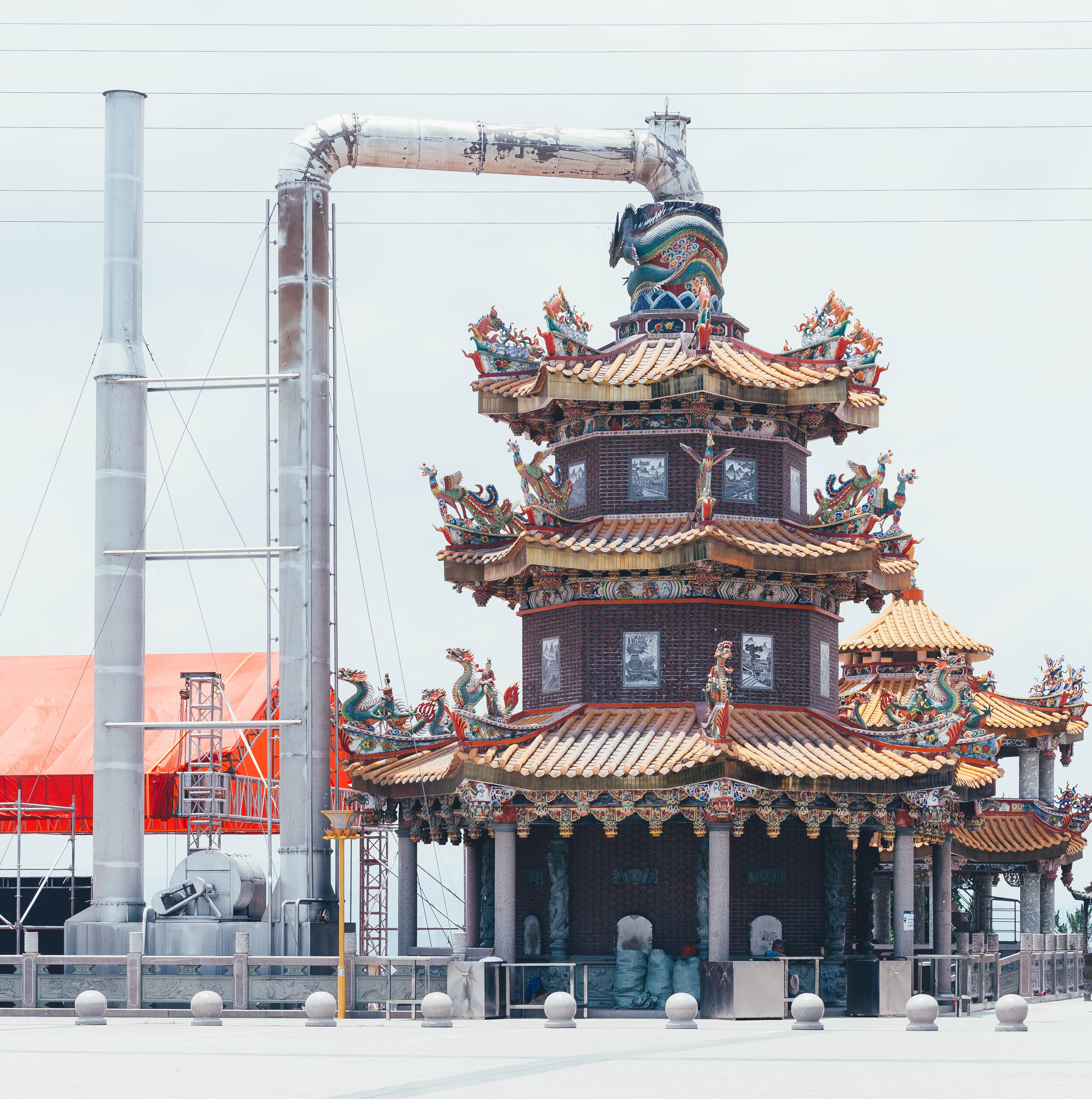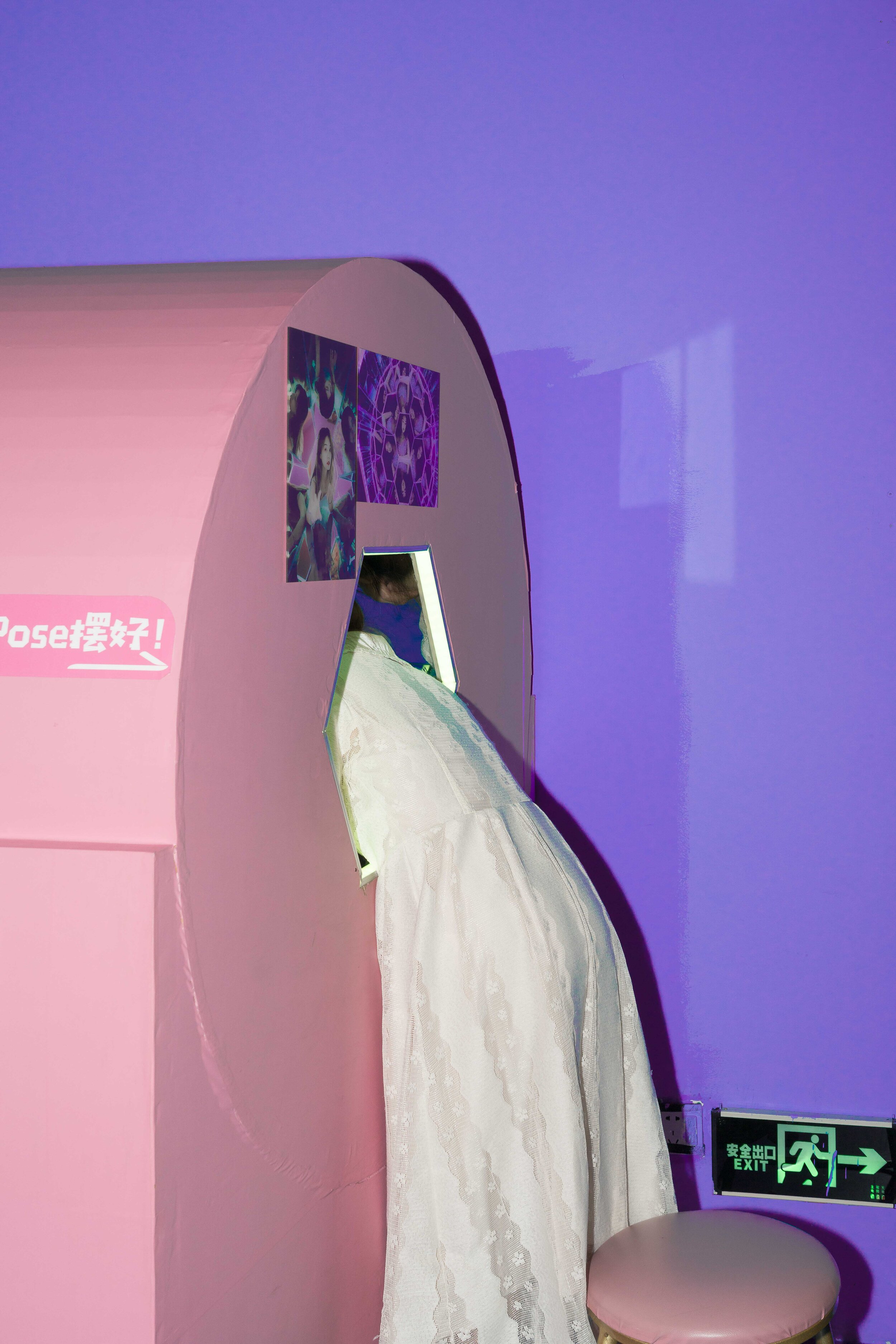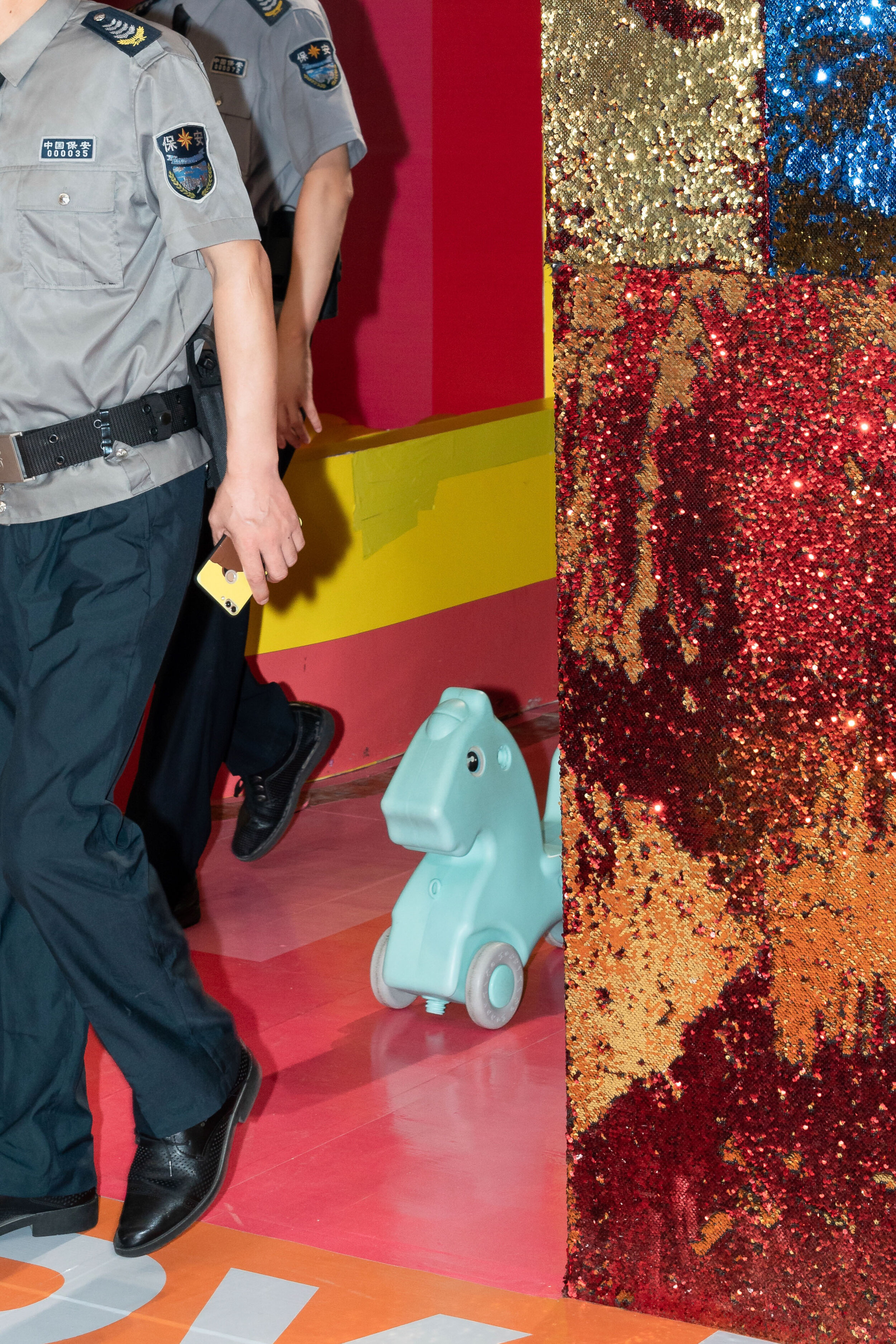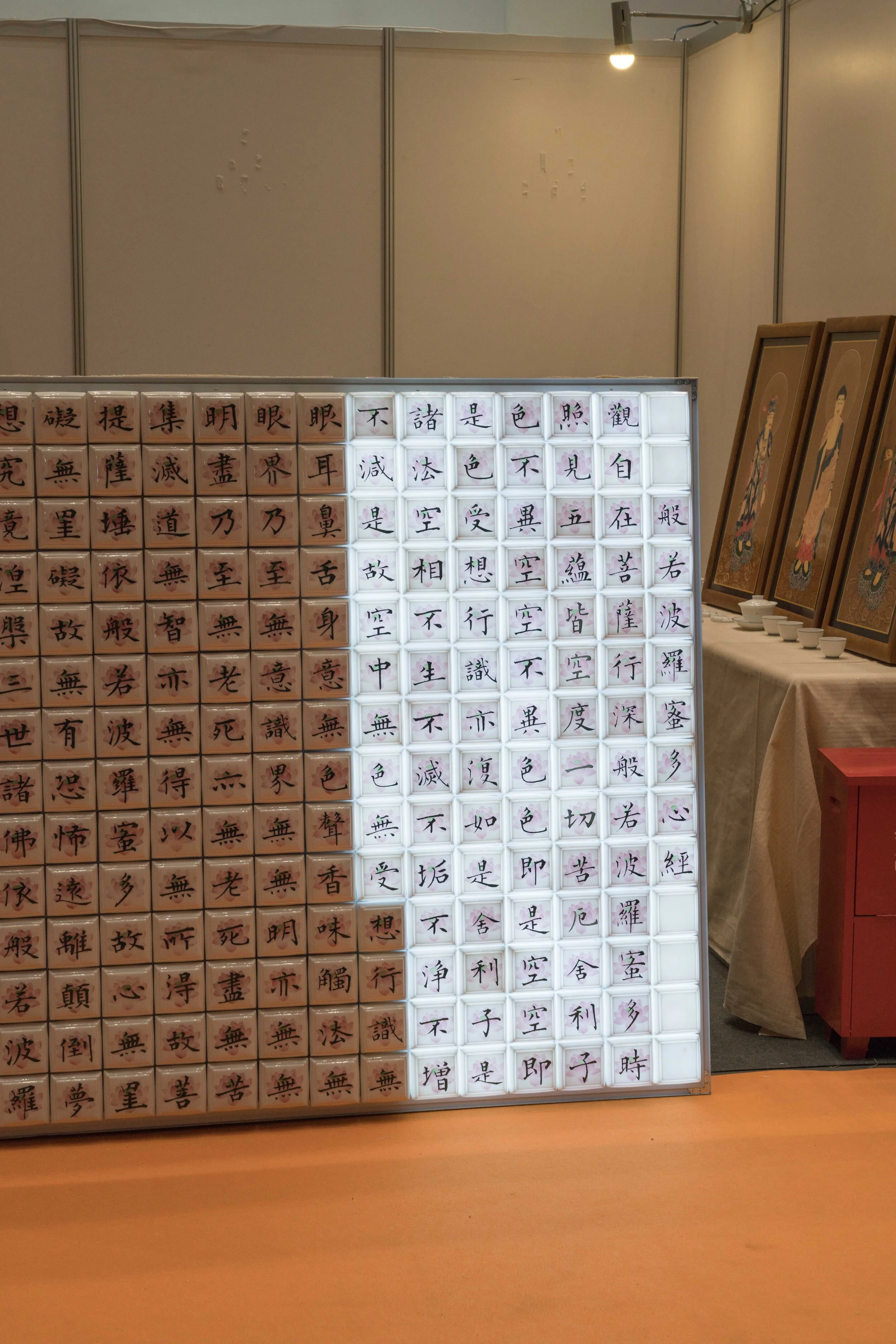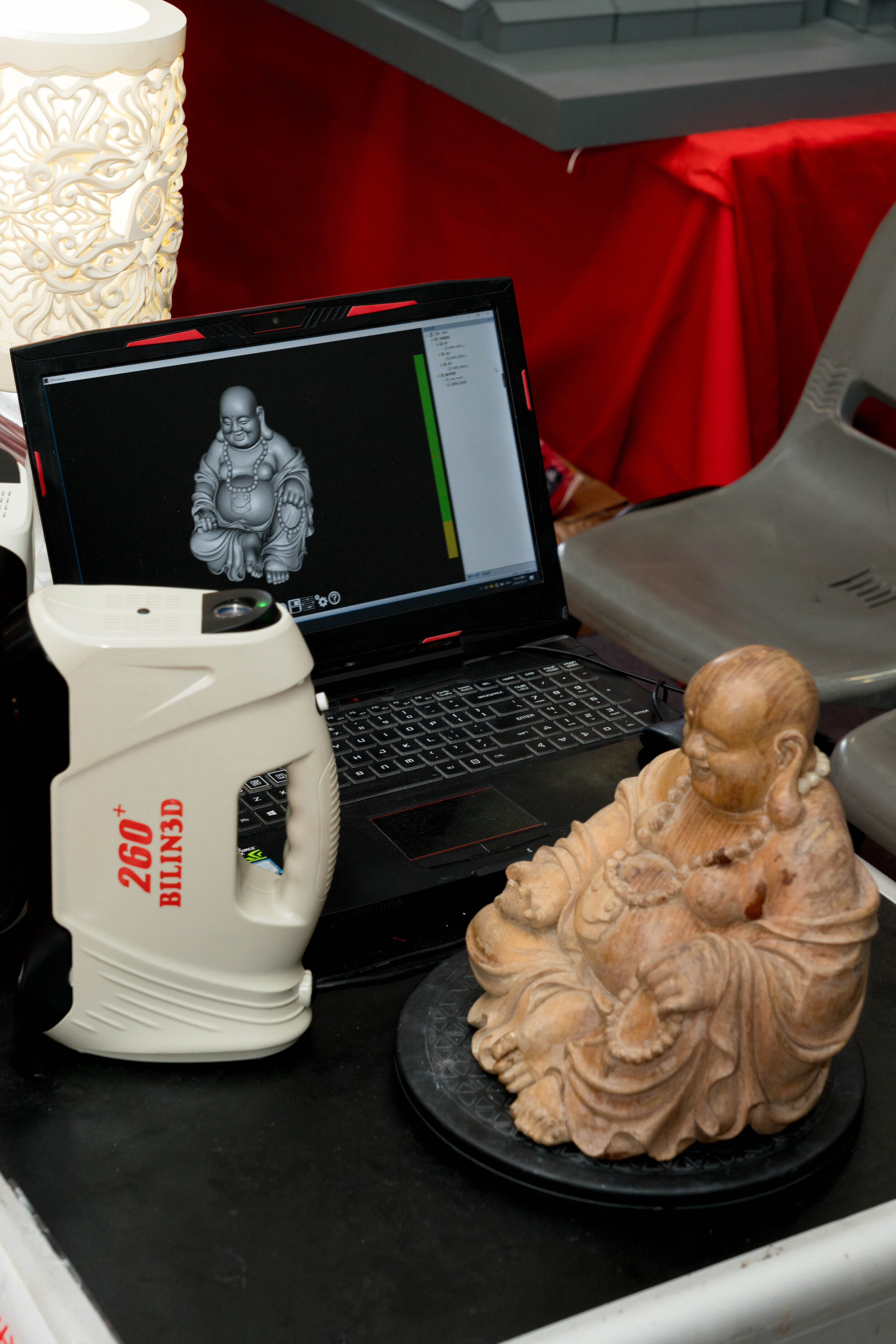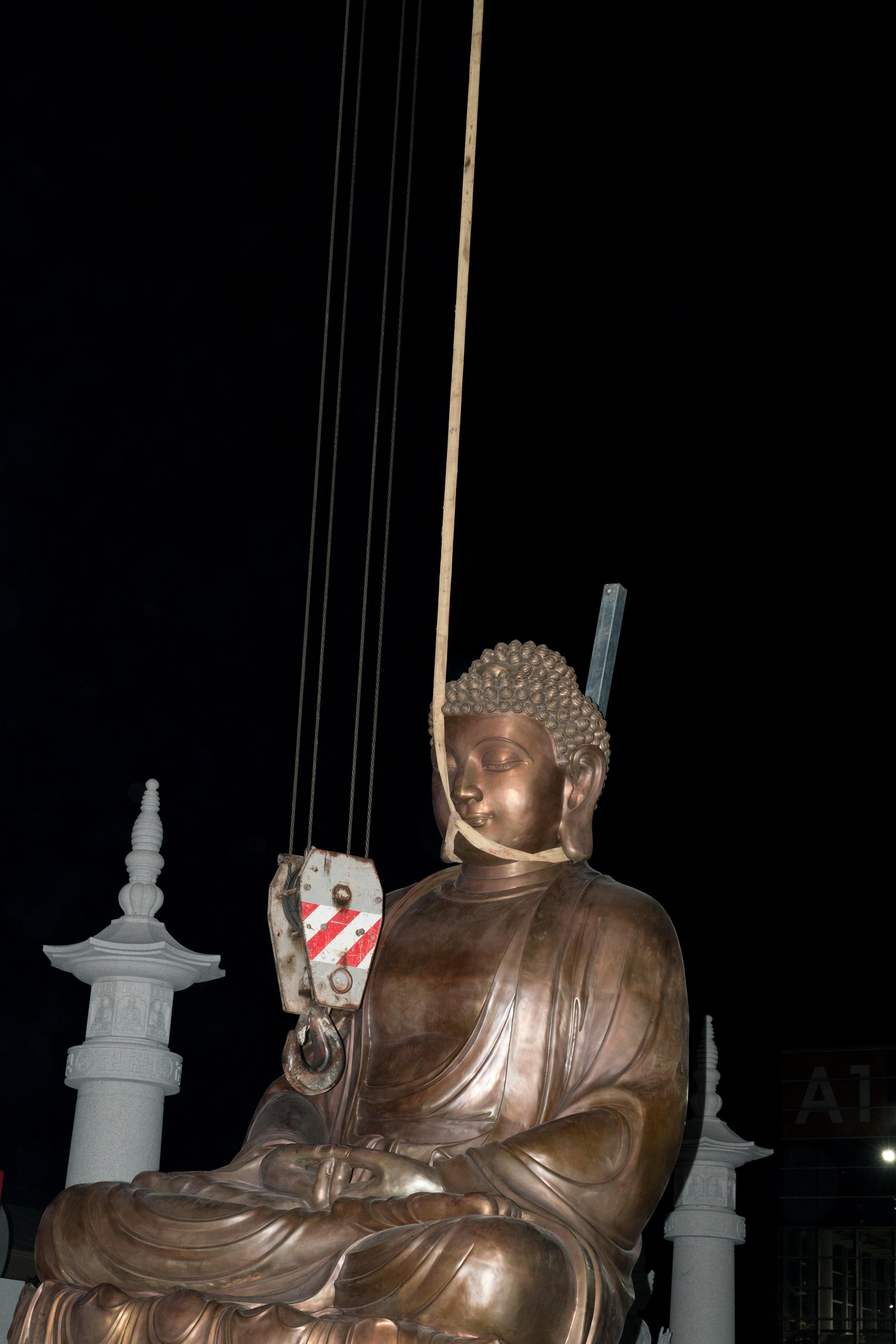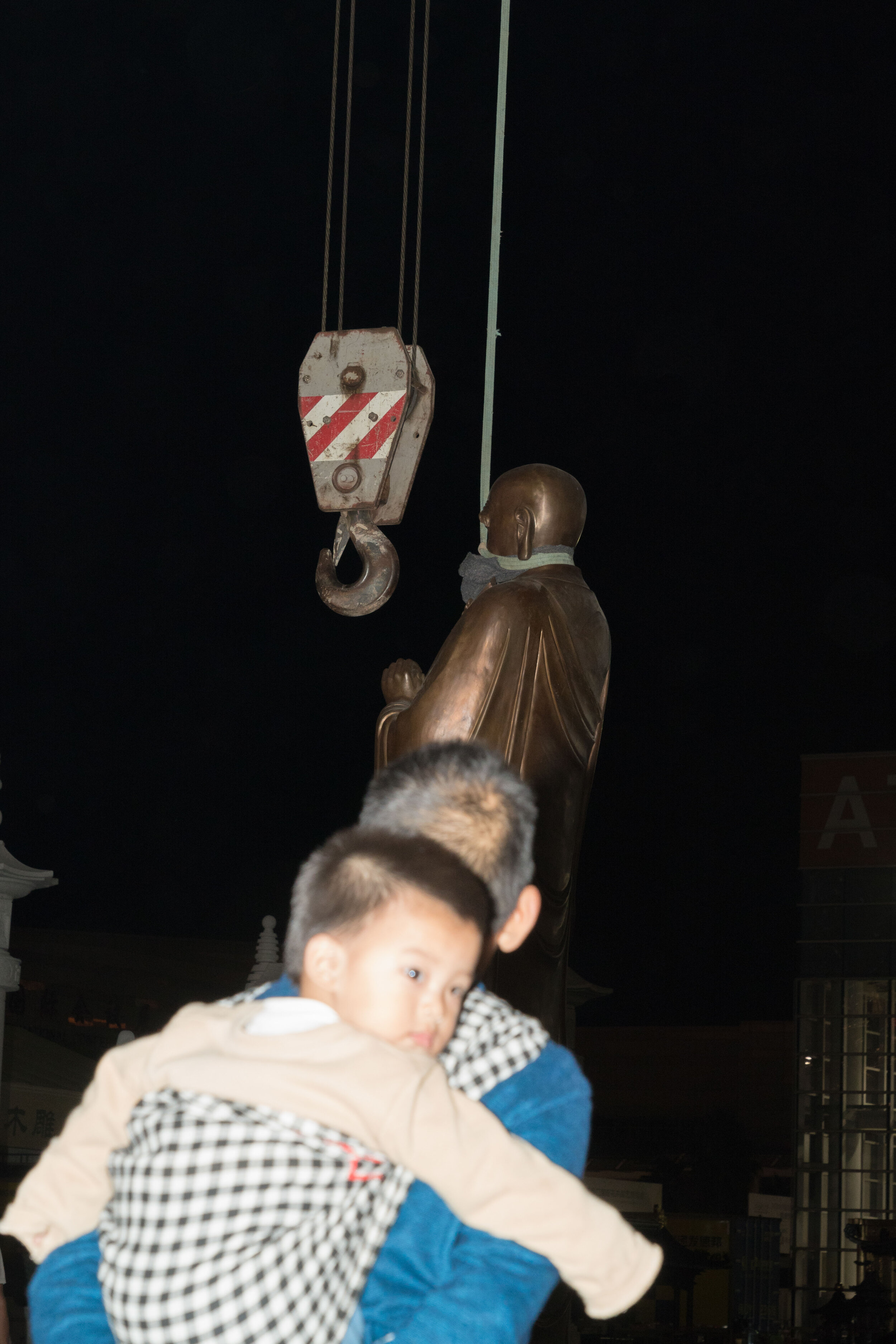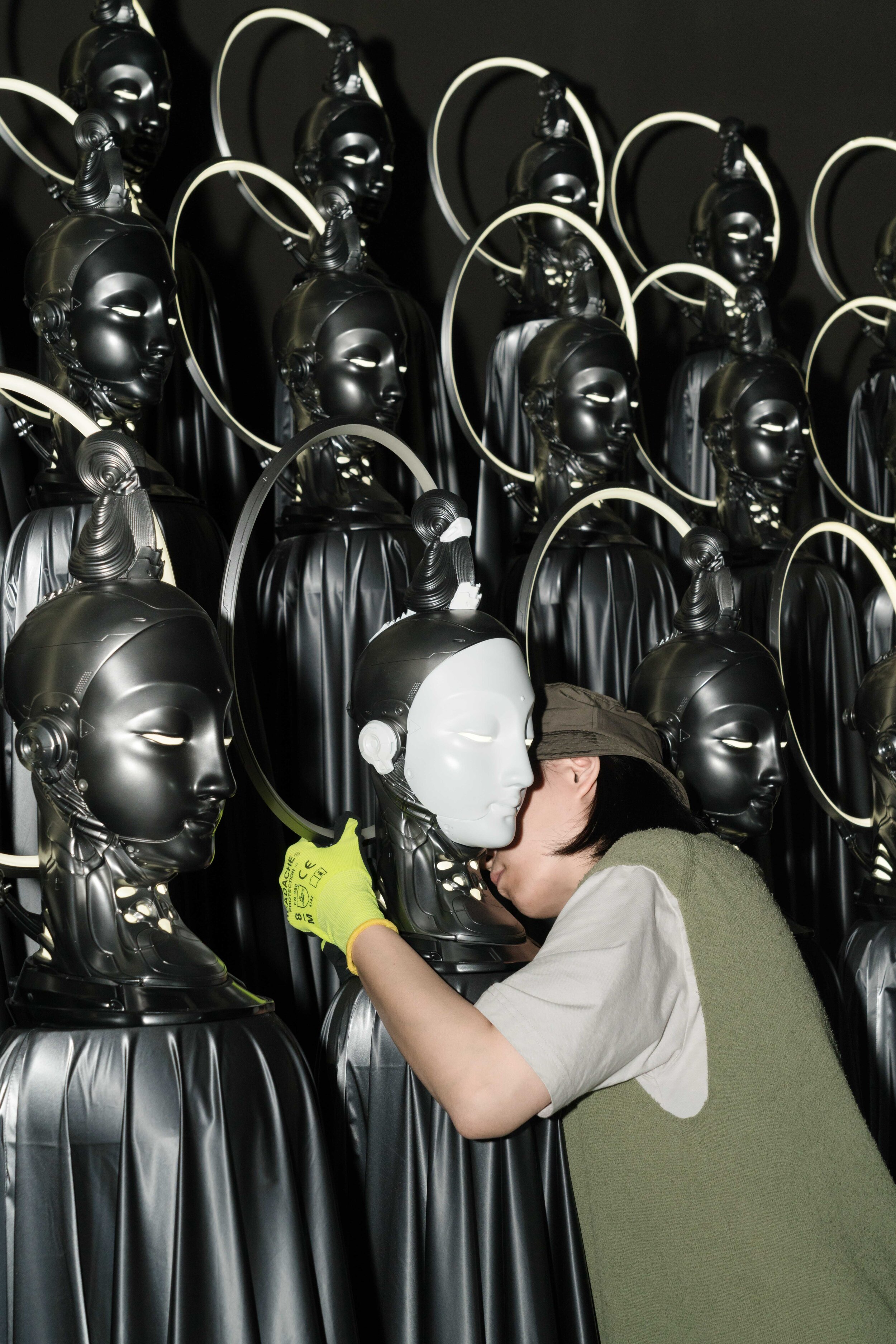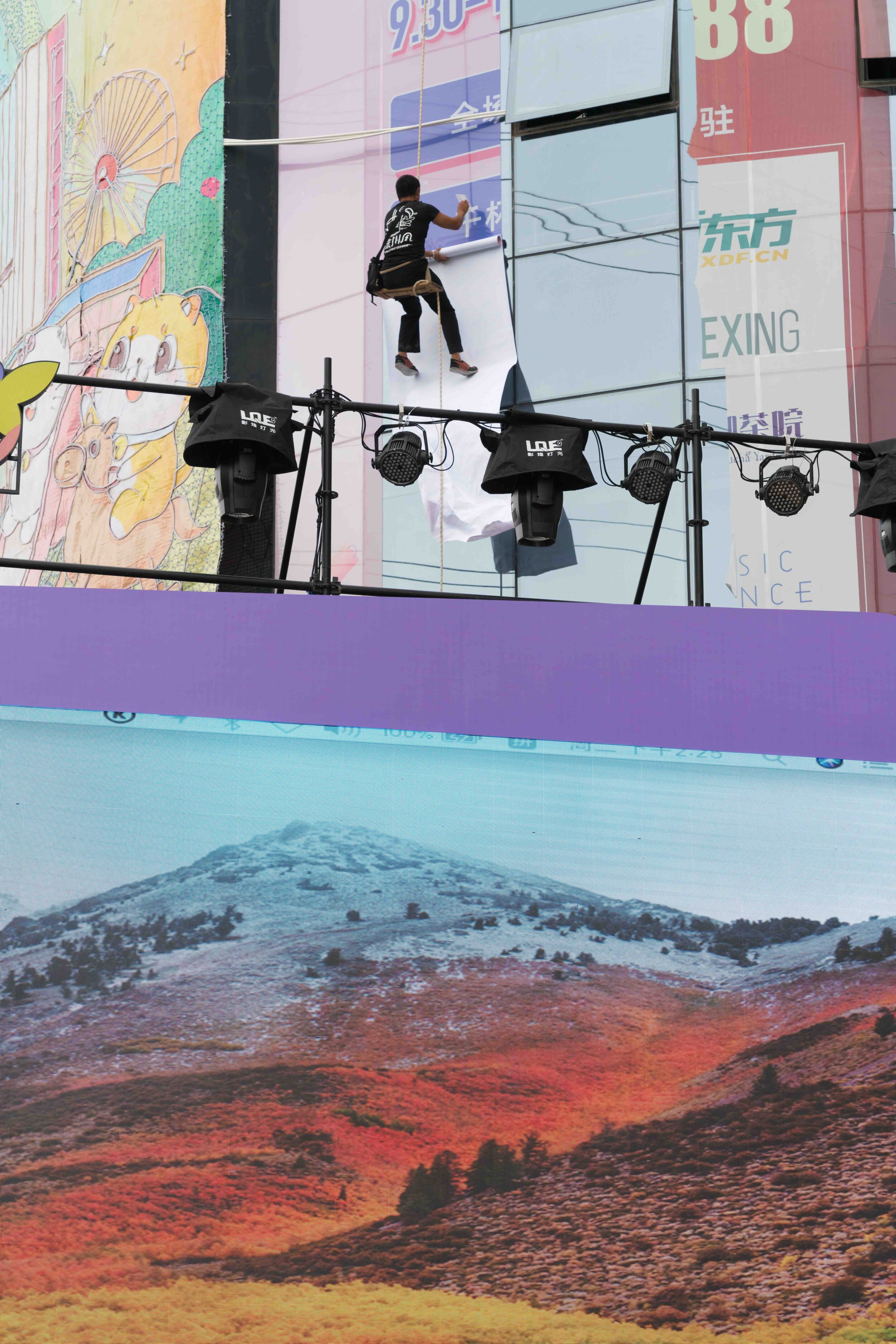Jingchao Su - Game · Zen · Postmodern
Jingchao Su was born in Fuzhou, China, and currently lives in Xiamen. His photography focuses on social scenes with signs of overwhelm, trying to cut into the depths of daily life, and depict an underlying chaotic natural state or ambiguously symbolic picture. Su’s series Game · Zen · Postmodern contemplates the six realms of Buddhism, the unknown of everyday life that exists within the gaps of what we see, and the relationship between unconscious sight and photography. Continue below to see and read the entirety of Su’s series !
- Alexa Fahlman
When I was a child, I often went to a teacher’s home to play. The teacher’s son suffered from ALS (Amyotrophic lateral sclerosis), the same disease Hawking famously suffered from. One day, he solemnly gave me the monthly magazine Science Fiction World that he had accumulated for many years. I didn’t understand the purpose of this sudden gift. A few years after moving to Xiamen, I heard his mother talk about his death, and realized that he was looking for a resting place in the spiritual world. It is through this happening that I read a short story “The Cycle Six Realms” in the magazine.
The Six Realms is a concept of Buddhism, which is driven by karma. It refers to the cyclical life of people being reborn into six realms after death. The short story follows protagonist He Xi as he attempts to solve the puzzles of various bizarre phenomena that he witnesses in his youth; he then discovers a story similar to the secrets of the six-dimensional space. At that time, “the Planck constant,” “photon energy value” and other fresh words that appeared in the story seemed to open the door to a new world for me. I went on to buy two copies of Hawking’s The Universe in a Nutshell and Black Hole. In 2012, the scientific community finally observed the Higgs boson, which still remains somewhat a myth, so I believe that in reality, there must be areas that we still haven’t discovered. William Eggleston also talked about his interest in quantum physics in an interview; it can be said that we are all fascinated by the unknown of everyday reality.
If we carefully examine our daily lives, we will find that there are always unconscious and unknowable parts outside of the experience we are used to, and beyond that, there are even more unconscious and unknowable parts. They are difficult to capture and outline, but it often awakens our memories of certain things. In the book Metaphor of Eyes written by Japanese philosopher Koji Taki, he mentions the concept “historical unconsciousness.” In our lives, sight is not just what the eyes see, but all actions are made up of sight. These behaviours are actually what we have experienced and accumulated in history, which remain in us, and then form something unconscious. Buddhism calls this consciousness that moves and reincarnates with us “Alaya consciousness”. In fact, everyday things we take for granted are given “hypothetical names” in Buddhism. For example, the word “car” is actually just a signifier we give to an object with four wheels. If a baby has never seen a car, then this word is meaningless to him. This does not mean that we should regard everything as completely non-existent. Rather, we should affirm that things exist, but we also need to realize the illusion of things by recognizing their impermanence and falsehood.
If we can change our understanding, we can regard the unconscious and unknowable parts that drift outside of reality as surreal. In photography, sometimes it is necessary to get rid of the singularity of language and the natural habit of experience. When you take pictures of representative things and concepts such as documentary-style exotic feelings, homemade feelings, intimacy–and you endow these things with personal social care in a forced way–you also hinder the other possibilities of meaning. These possibilities are certainly not looking for the common characteristics of those human beings, but reflect the real differences, discrepancies, and confusions. Seek for everything that is not solidified beyond the common experience. This sentiment echoes the narration at the end of the movie Big Buddha Plus, “Although it is the space age, humans can go to the moon by spacecraft, but they will never be able to explore the inner universe of others.” Even if you get along with a person day and night, you may never be able to touch the other person’s inner world. Maybe it’s dark inside, or it’s full of childishness. So, how do we know and interpret each other through only a few fragmented photos? The only thing we can do is to wander aimlessly like a dog with a camera in hand.








